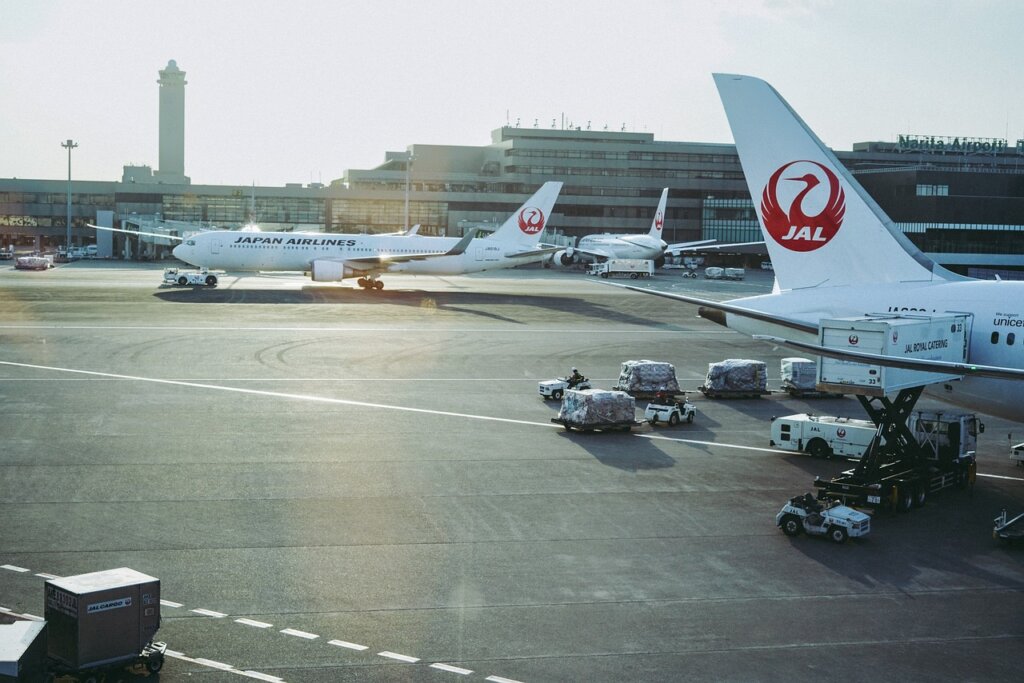
Japan Airlines (JAL) will expand its international network by purchasing 42 new jets from Boeing and Airbus, a major investment in fleet expansion.
In a statement released Thursday, the Tokyo-based airline confirmed an order comprising 21 Airbus A350-900 and 10 Boeing 787 widebody jets, with Airbus securing the majority of the orders.
Diversifying suppliers amid production issues
In a notable shift, JAL will also acquire 11 A321neos, breaking away from its exclusive reliance on Boeing for single-aisle jets.
This decision comes amid ongoing production troubles and quality issues at Boeing, highlighted by a recent accident involving an Alaska Airlines 737 Max jet.
The move underscores JAL’s strategy to diversify its suppliers and minimize risks associated with reliance on a single manufacturer.
Strategic timing ahead of Prime Minister’s visit to the U.S.
The announcement’s timing is strategic, aligning with Japanese Prime Minister Fumio Kishida’s upcoming official visit to the United States next month.
The move is seen as an effort to reinforce the importance of bilateral business ties, particularly in the context of discussions with U.S. President Joe Biden.
With a U.S. election on the horizon, Japan and other U.S. allies are bracing for Donald Trump’s possible return to power.
Trump is known for his critical stance on trade imbalances.
Focus on expansion in key regions
JAL highlighted its strategic objectives and emphasized that the new aircraft deals aim to enhance and expand its international operations.
JAL will primarily focus on regions such as North America, Asia, and India, where significant growth opportunities are anticipated.
The introduction of the new planes will be phased over six years, commencing in fiscal 2027.
More efficiency and flexibility for Japanese travelers
Japan Airlines’ fleet expansion with new Boeing and Airbus jets has implications for Japanese travelers visiting the U.S. through the Electronic System for Travel Authorization (ESTA).
As Japan Airlines expands its capacity and operations, it may offer more accessibility and choices for Japanese tourists visiting the U.S.
Additional flights, particularly to key regions like North America, could offer Japanese travelers more flexibility in their travel plans.
This expansion may ease congestion and provide more convenient travel options.
This aligns with the ESTA program’s objectives: to enable efficient and secure travel for short-term stays in the United States for citizens of Visa Waiver Program (VWP) countries, including Japan.
Moreover, a robust and diverse fleet ensures the airline’s operational resilience.
This reduces the risk of disruptions that could affect travelers’ itineraries, including those related to ESTA authorization and visa requirements.
Additionally, the strategic timing of this fleet expansion coincides with diplomatic visits and potential policy shifts.
This highlights the importance of maintaining strong ties between Japan and the United States, which can impact travel regulations and programs such as ESTA.
Replacement strategy for an aging fleet
The purchase of these new aircraft marks the final phase of JAL’s efforts to replace about 50 aging jets, including its Boeing 767s and the remaining 737 jets.
The airline is also seeking a replacement for one of its A350s, which was involved in a collision at Tokyo’s Haneda International Airport in early January, causing supply disruptions.
Impact on revenue and operations
According to Chief Financial Officer Yuji Saito, the loss of the A350 has resulted in some supply challenges for the airline.
During an earnings news conference last month, the airline projected a revenue loss of around ¥2 billion ($13.6 million) due to the accident.
However, with the planned fleet expansion and supplier diversification, JAL aims to strengthen its operational resilience and position itself for sustained growth in the competitive aviation market.

